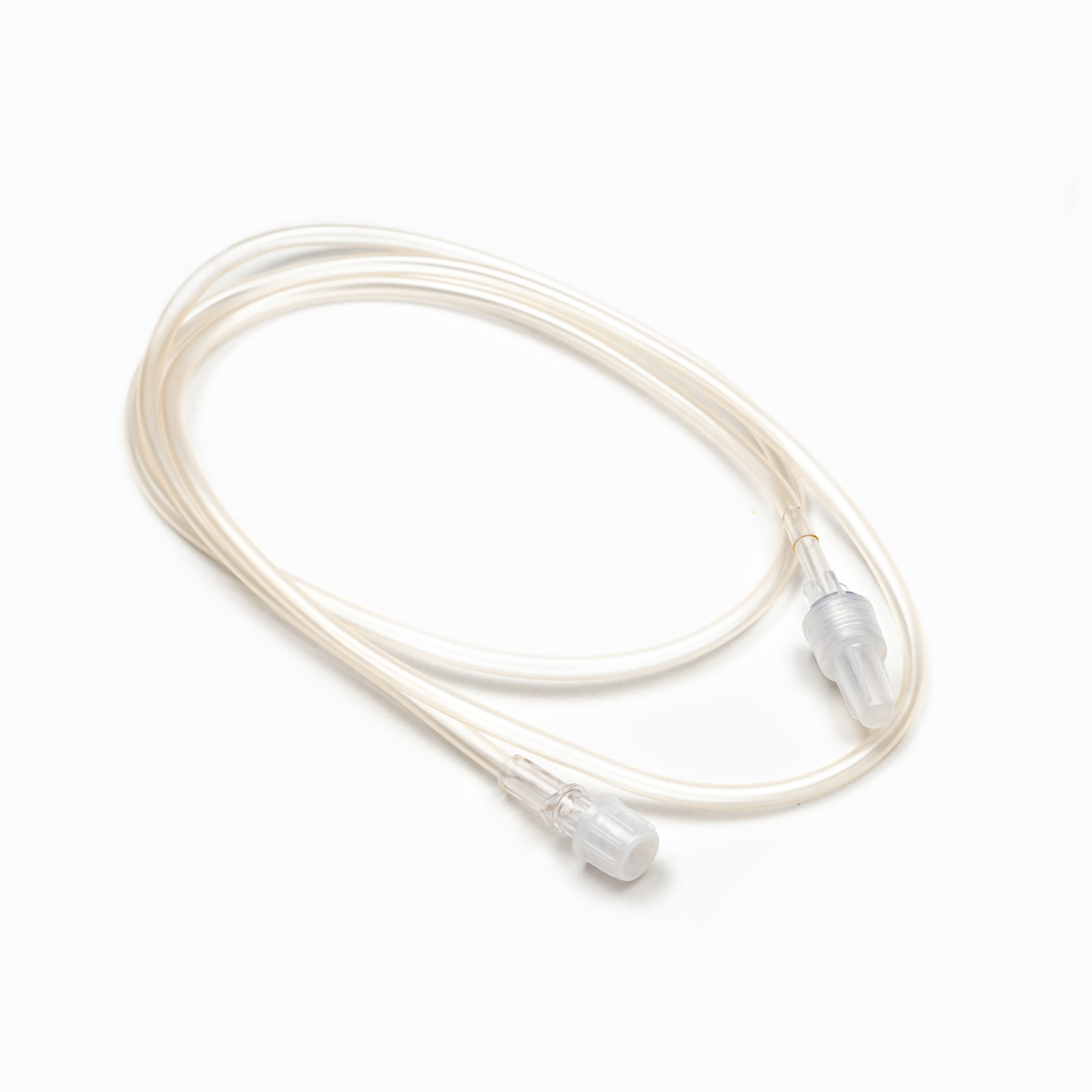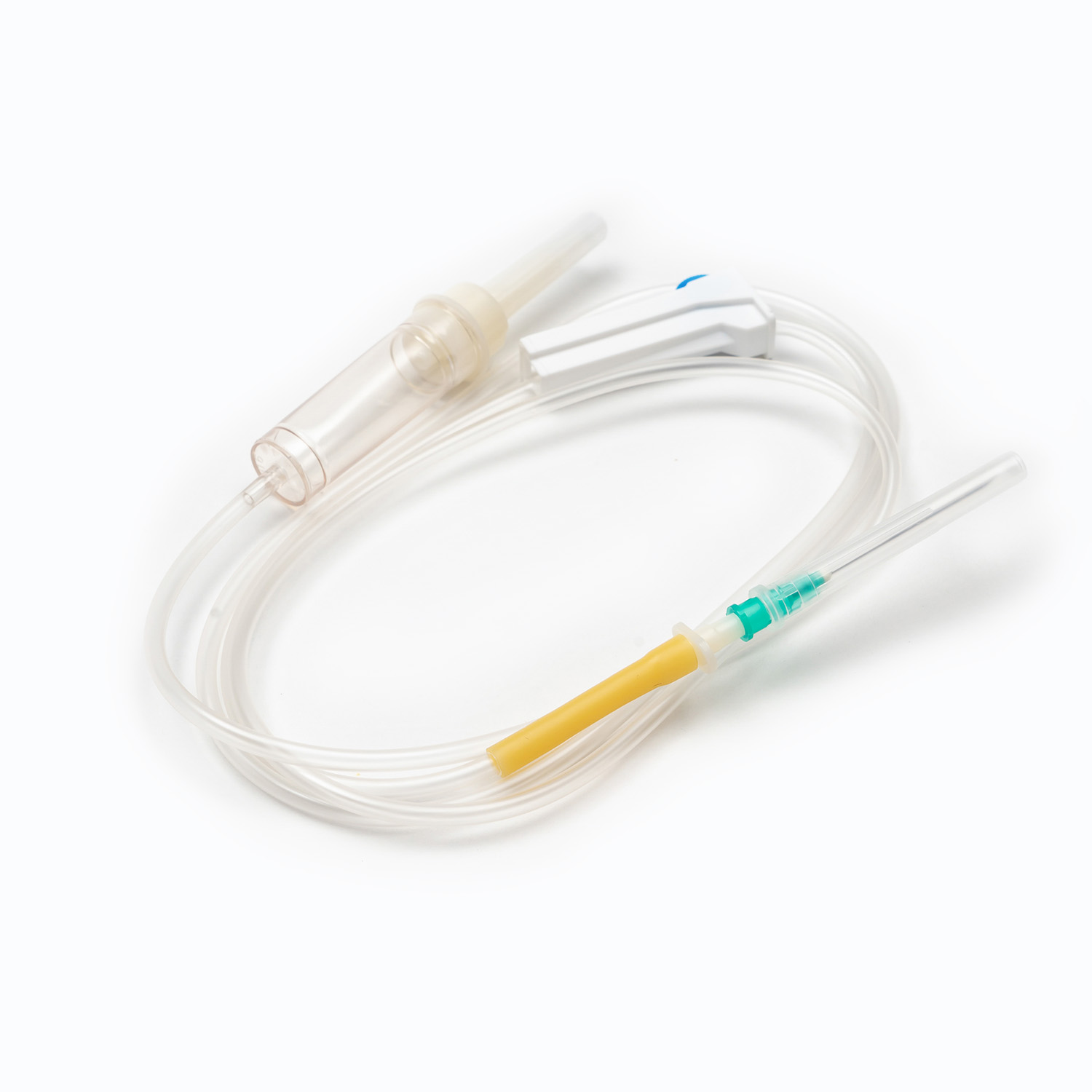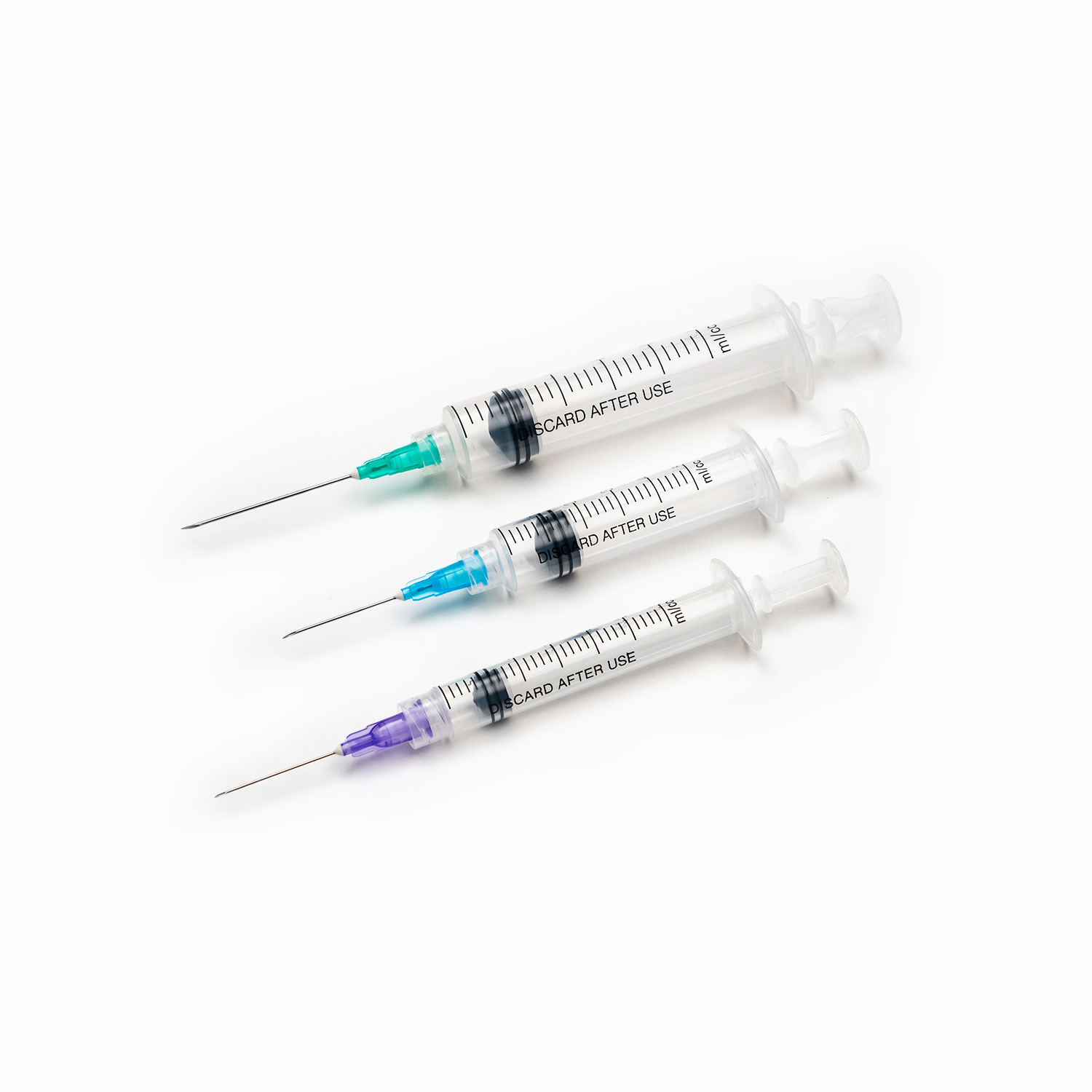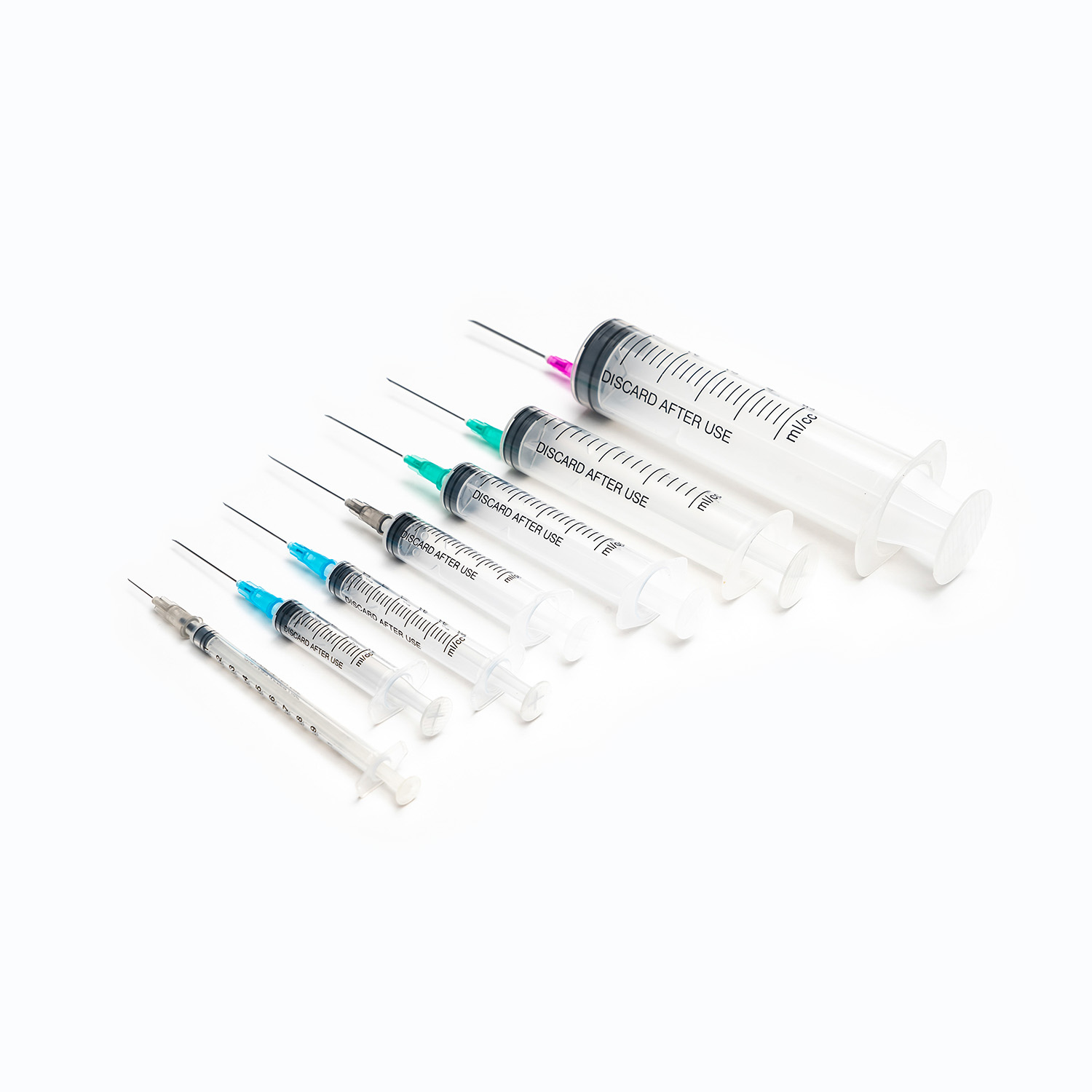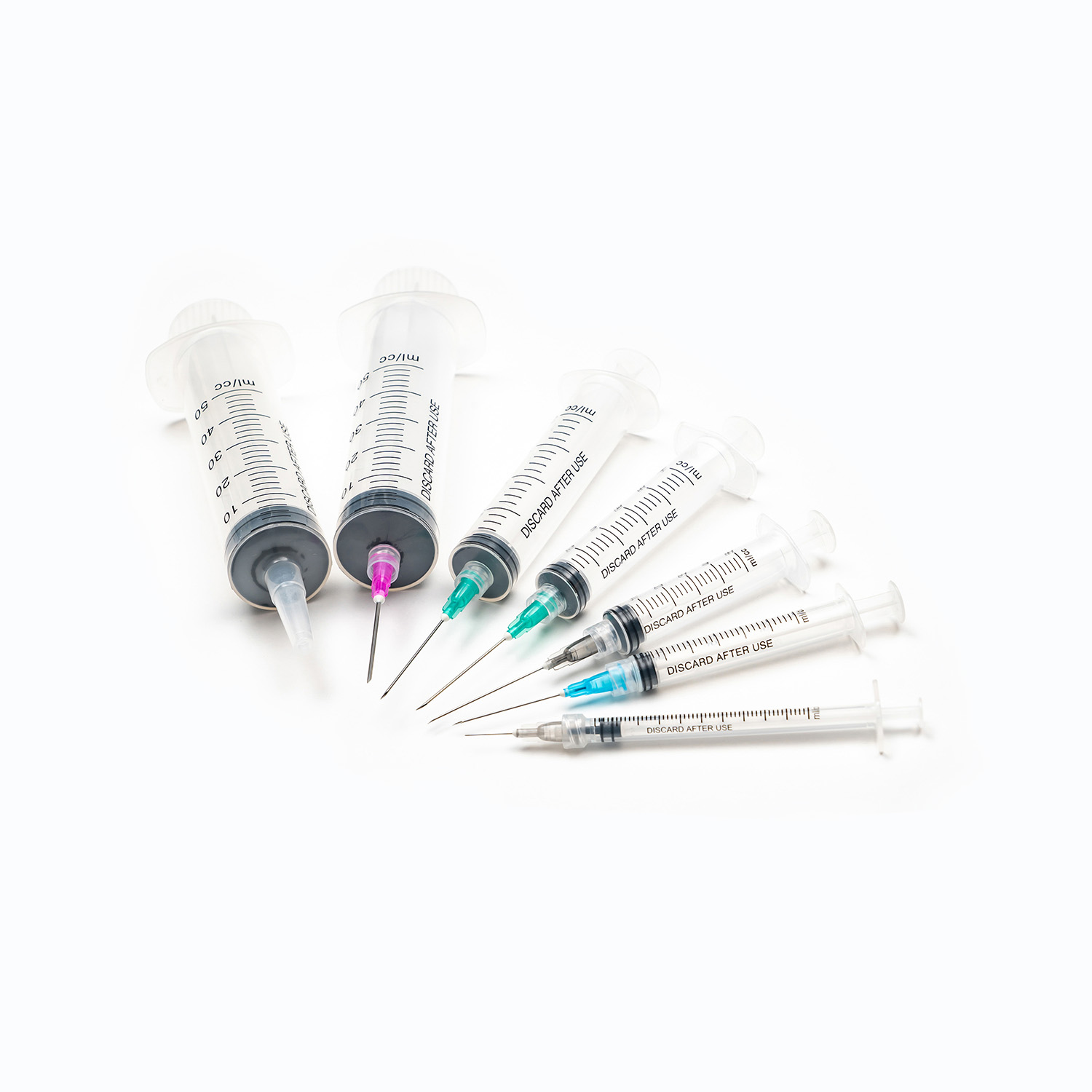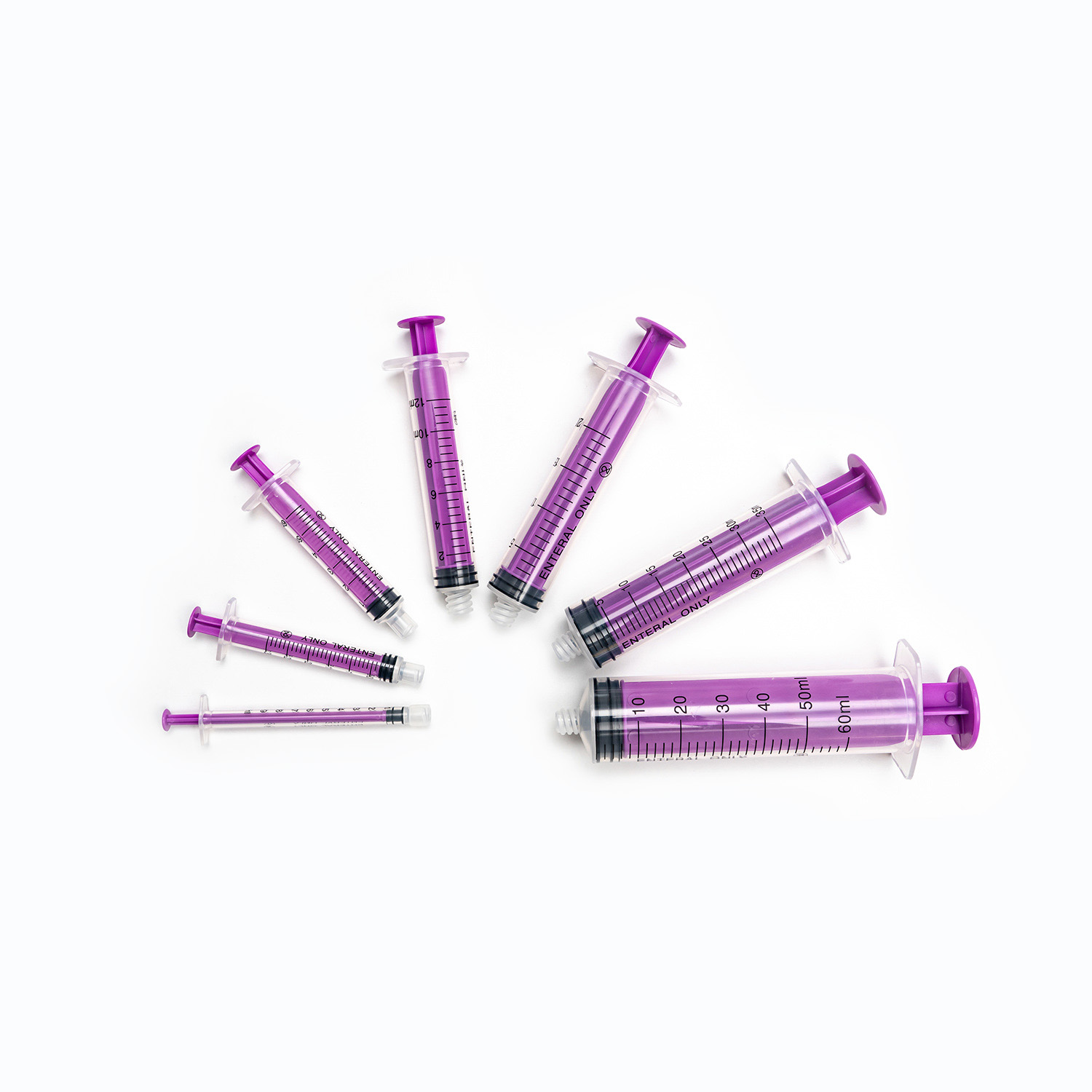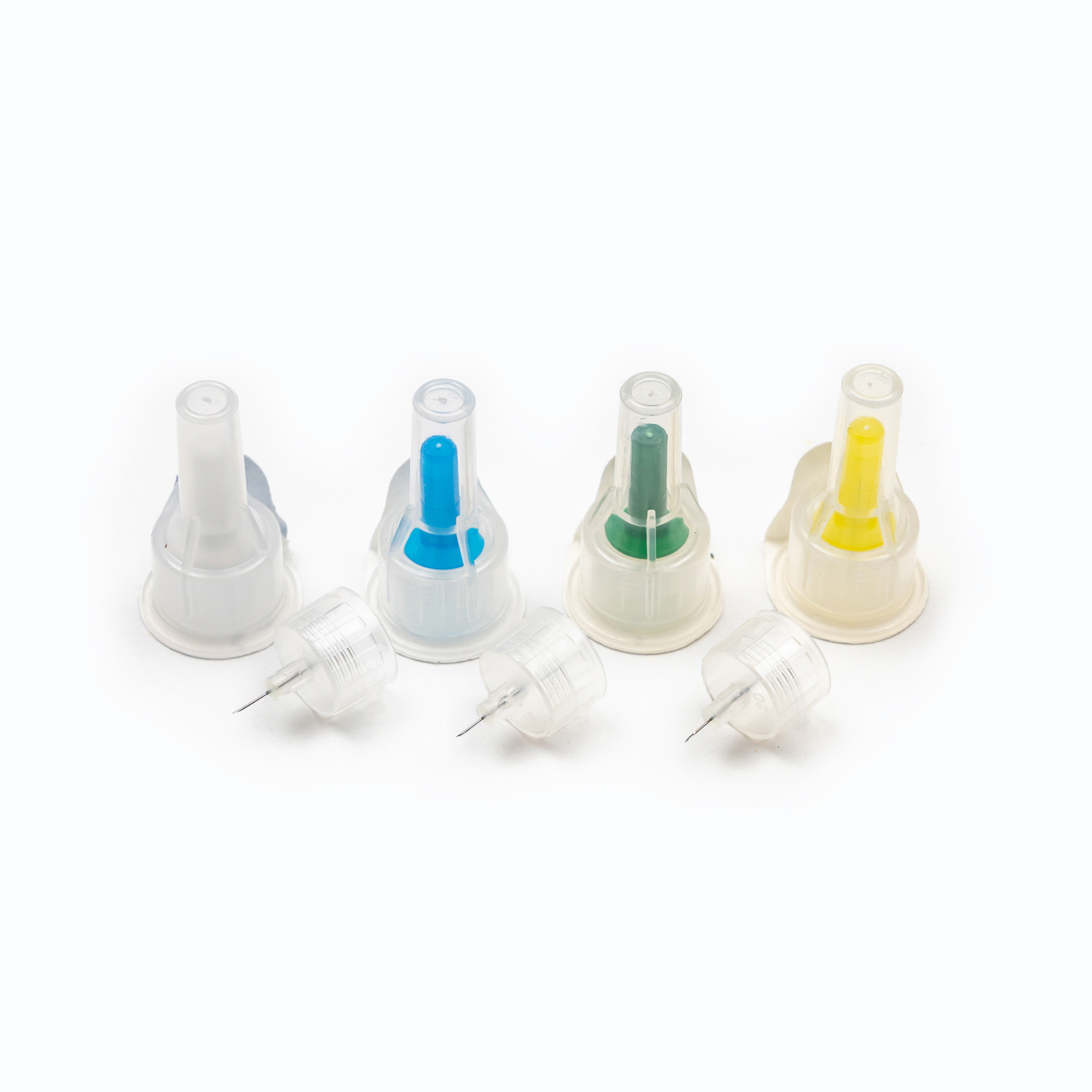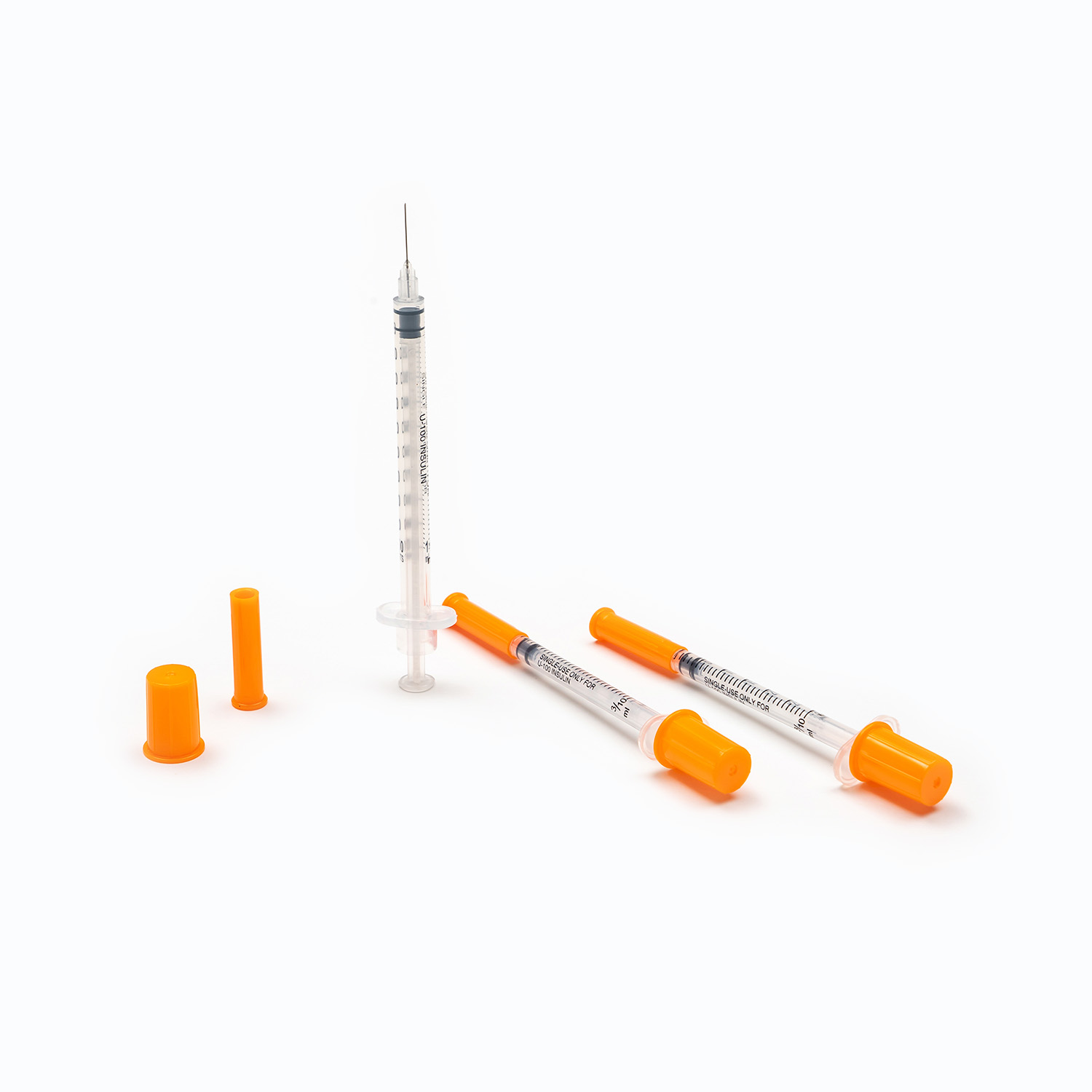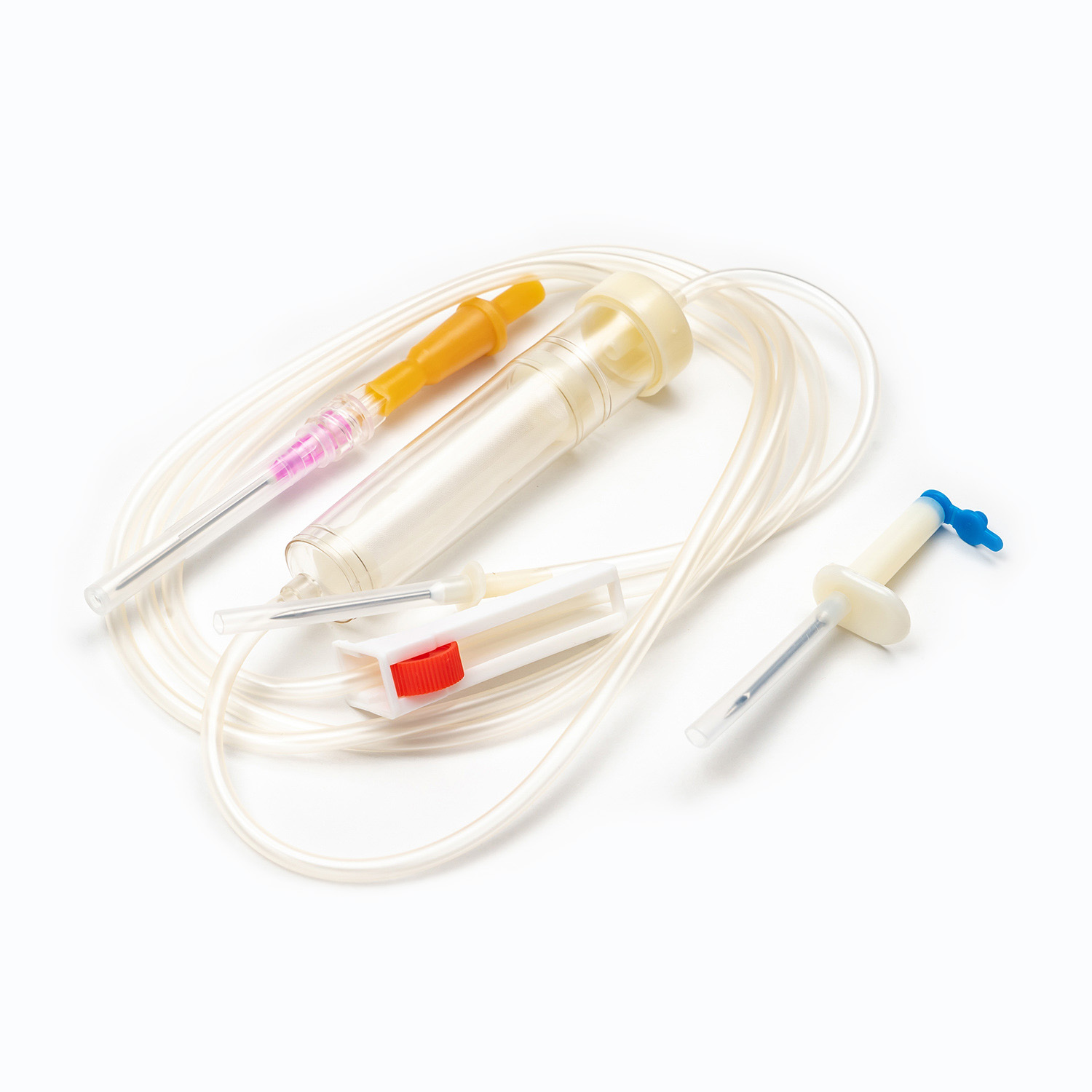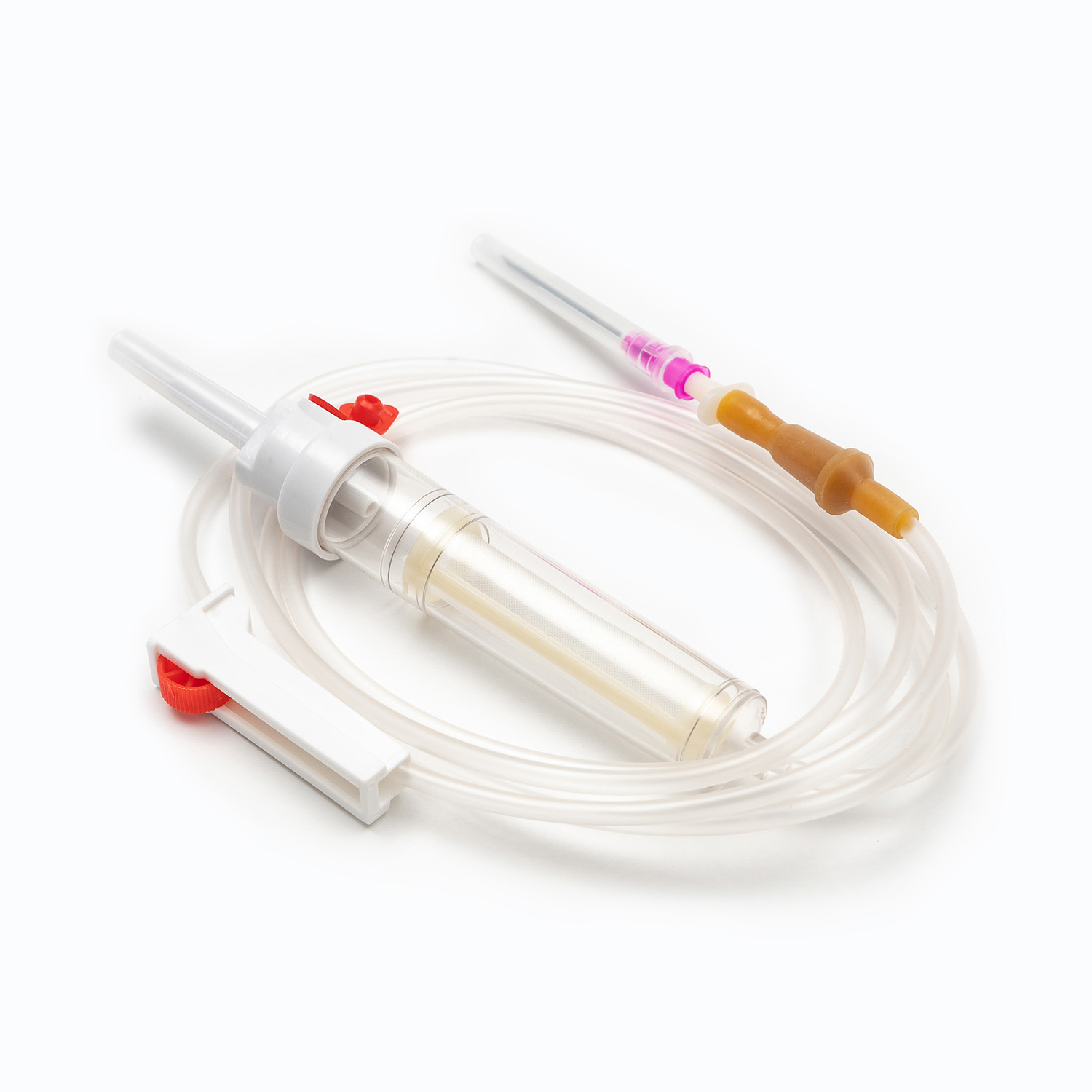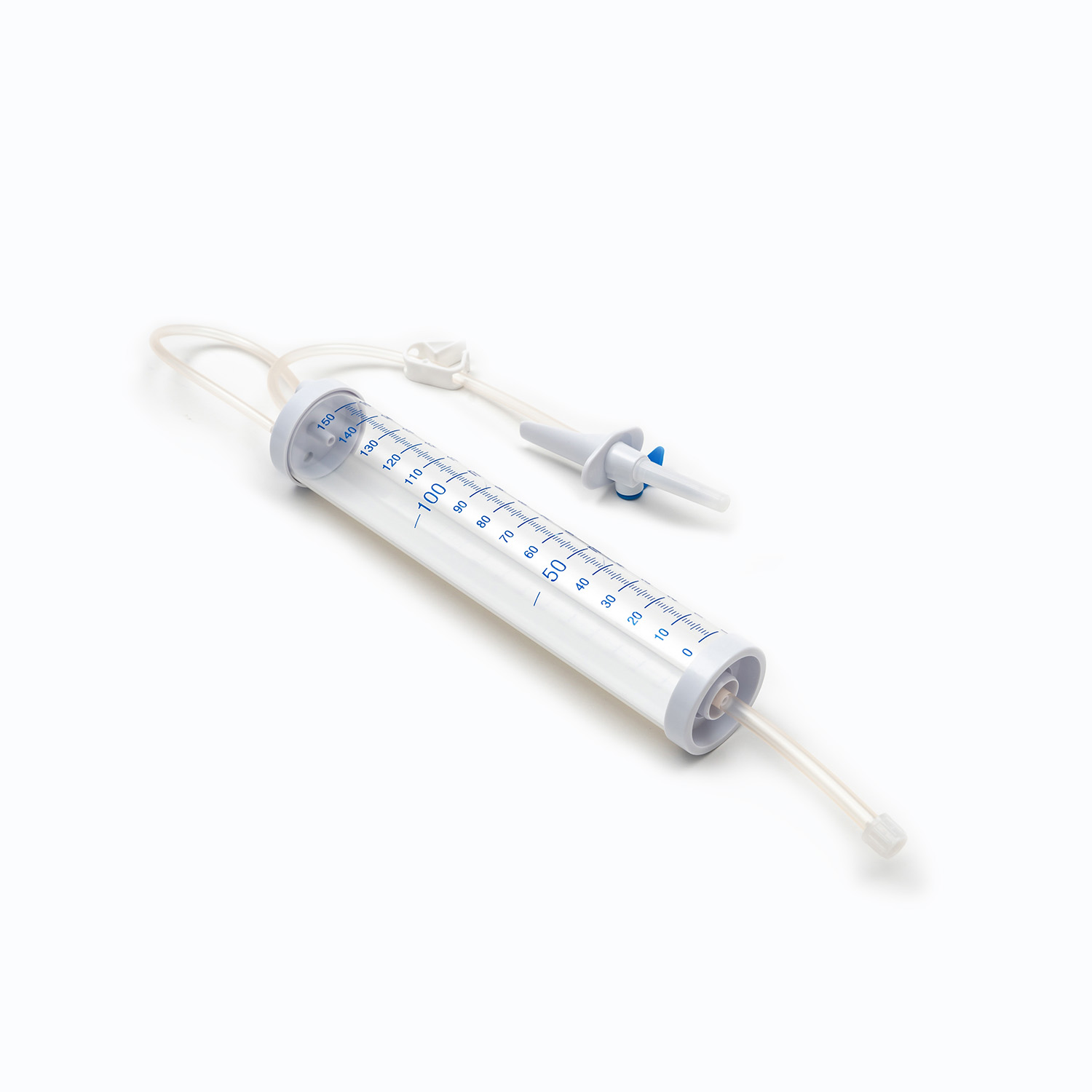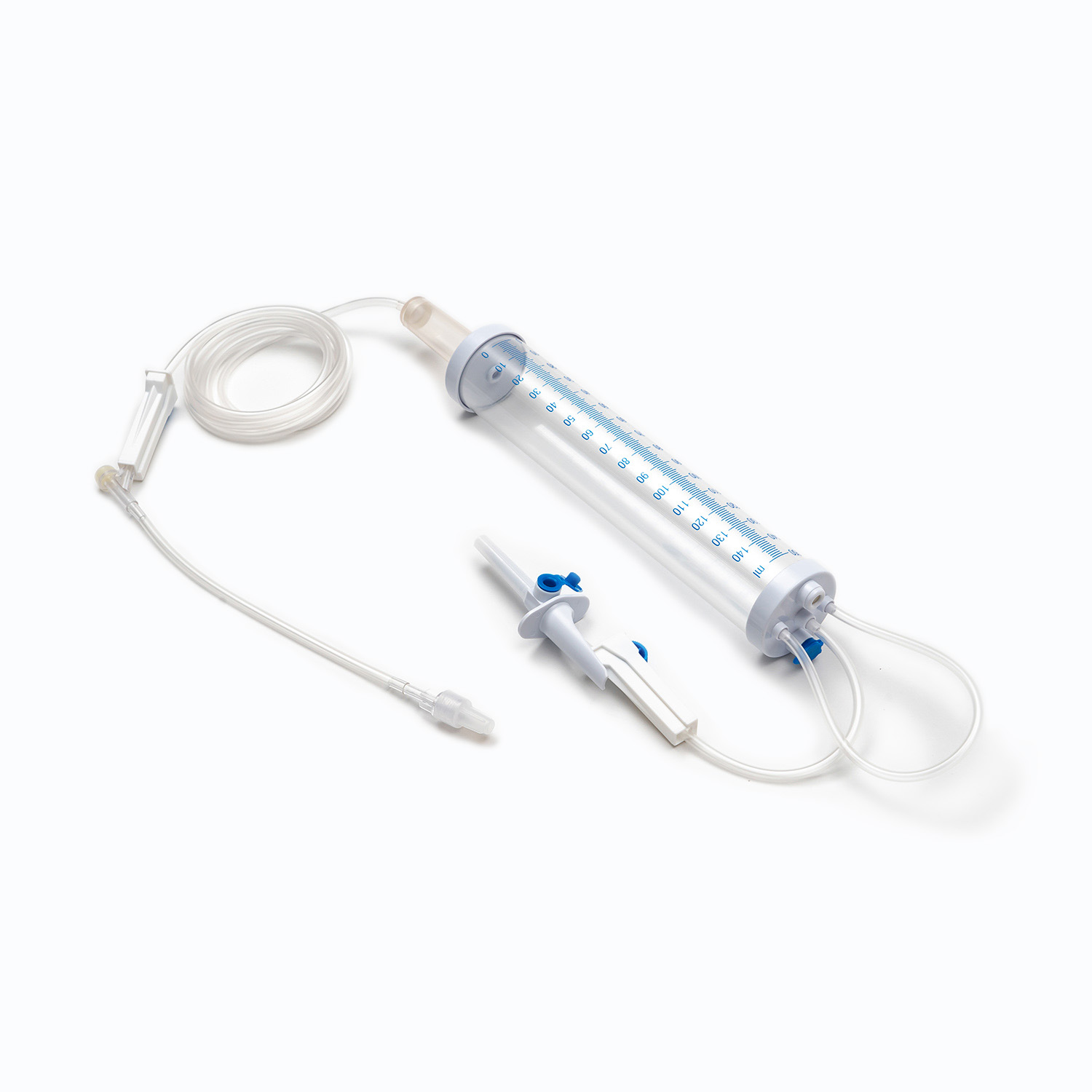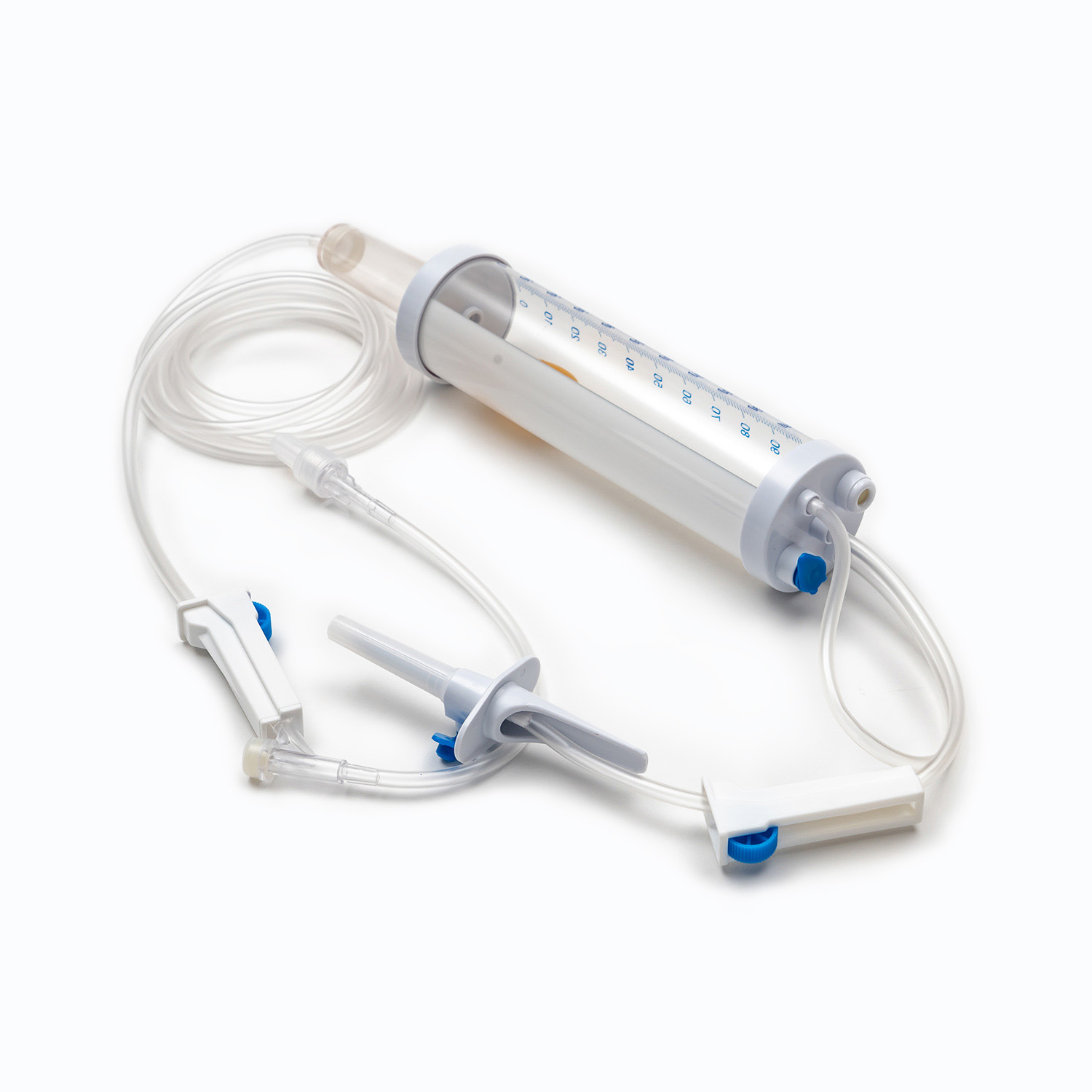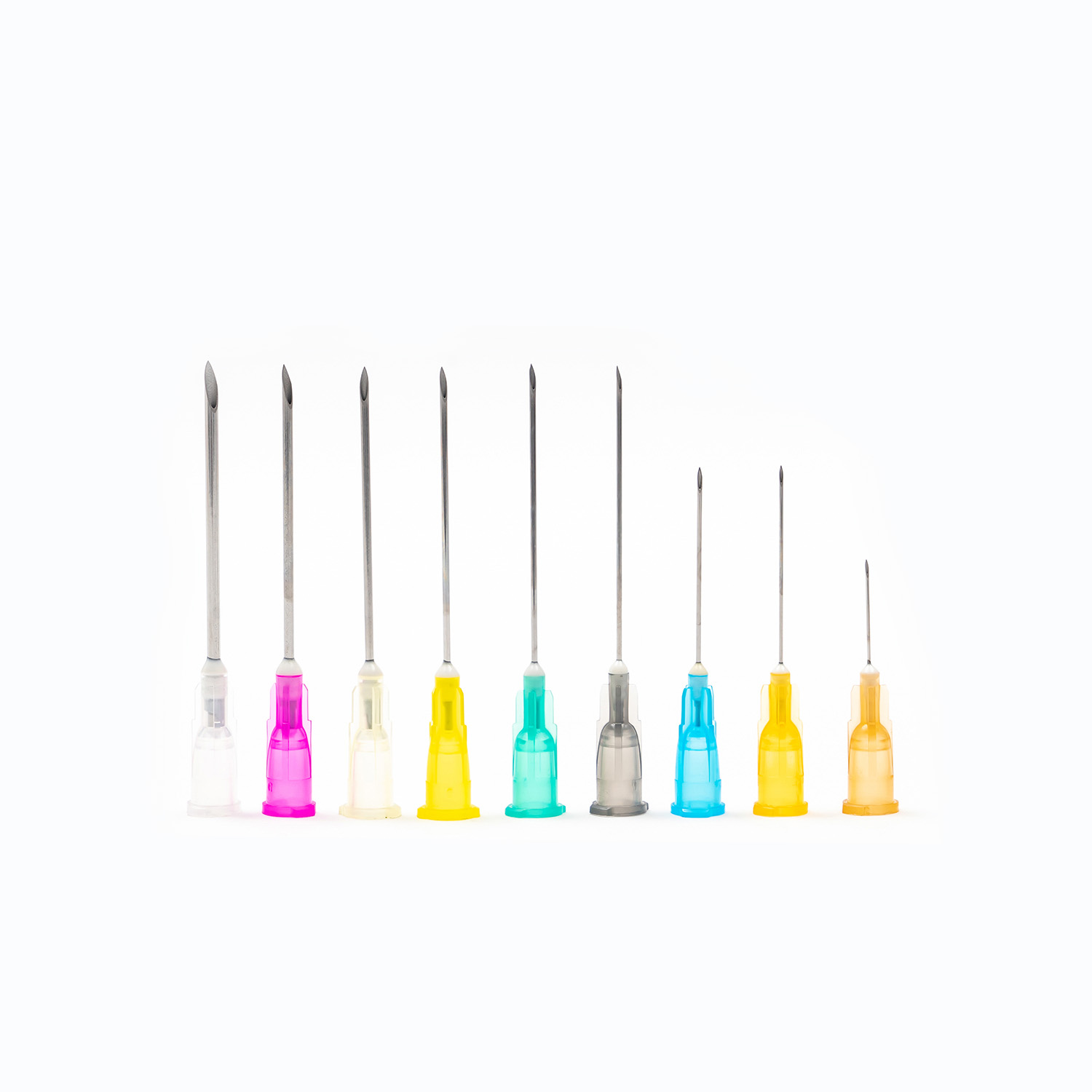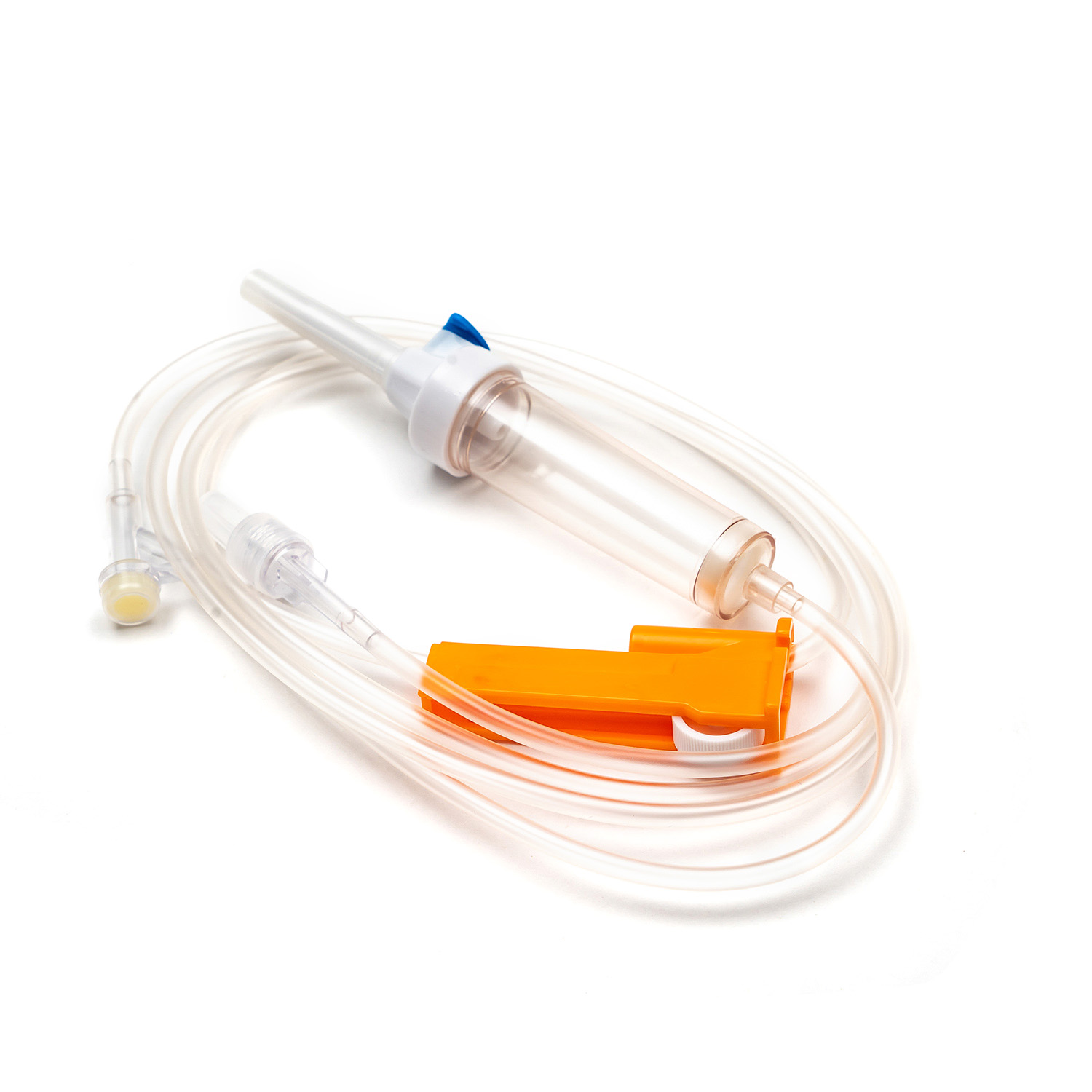Medical Innovation: Revolutionary Progress of Disposable Infusion Sets
Feb 01,2025
In the rapidly developing field of medical technology, disposable infusion sets, as an indispensable part of modern medical care, are undergoing unprecedented innovation and progress. These seemingly simple but highly specialized medical devices not only greatly improve treatment efficiency, but also ensure patient safety, becoming a bridge between life support and treatment plans.
The original intention of the design of disposable infusion sets was to avoid cross-infection, simplify the operation process, and reduce the complexity of medical waste disposal. Early infusion devices mainly focused on the safety and aseptic processing of materials to ensure that they can be safely discarded after a single use and effectively prevent the spread of diseases. With the advancement of materials science, modern infusion sets use more advanced biocompatible materials, reducing the risk of skin irritation and infection caused by long-term infusion in patients.
In recent years, intelligence has become a new trend in the development of disposable infusion sets. Integrated sensors, microprocessors and wireless communication technologies, these devices can monitor the infusion rate, remaining fluid volume and patient vital signs in real time, and immediately alarm once abnormalities are found, significantly improving the accuracy and safety of treatment. For example, smart infusion pumps can automatically adjust the infusion rate according to preset parameters to adapt to the treatment needs of different patients, while reducing the manual operation of medical staff and improving work efficiency.
Disposable infusion sets are widely used in various medical scenarios, from rapid rehydration in the emergency department to continuous drug infusion in the intensive care unit, to long-term nutritional support in chronic disease management. Their flexibility and adaptability meet the treatment needs under different disease states. Especially in the care of pediatric and elderly patients, small-volume, low-irritation infusion sets designed for these special groups have greatly improved the comfort and acceptance of treatment.
For the treatment of specific diseases, such as chemotherapy drug infusion, the design of disposable infusion sets pays more attention to drug stability and patient protection, and adopts special designs such as light protection and temperature control to ensure that drug activity is not affected, while reducing the risk of drug extravasation and protecting surrounding tissues from damage.
With the rise of telemedicine and home care, disposable infusion sets are gradually being integrated into the home medical system, allowing patients to receive professional-level treatment at home, which not only reduces the burden on hospitals but also improves the quality of life of patients. Combined with IoT technology, the medical team can remotely monitor the patient's infusion status and adjust the treatment plan in time to achieve truly personalized medicine and precision care.
At the same time, the increase in environmental awareness has prompted the medical industry to put forward higher requirements for the sustainability of disposable infusion sets. Manufacturers are committed to developing degradable materials to reduce the impact of medical waste on the environment, while exploring recycling solutions to promote the green development of the medical industry.
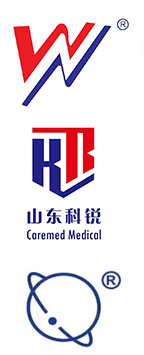


 English
English Français
Français русский
русский Español
Español
